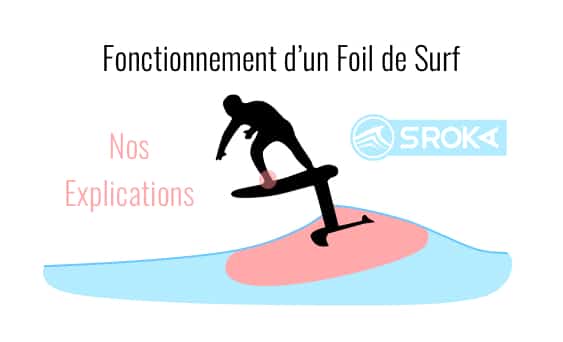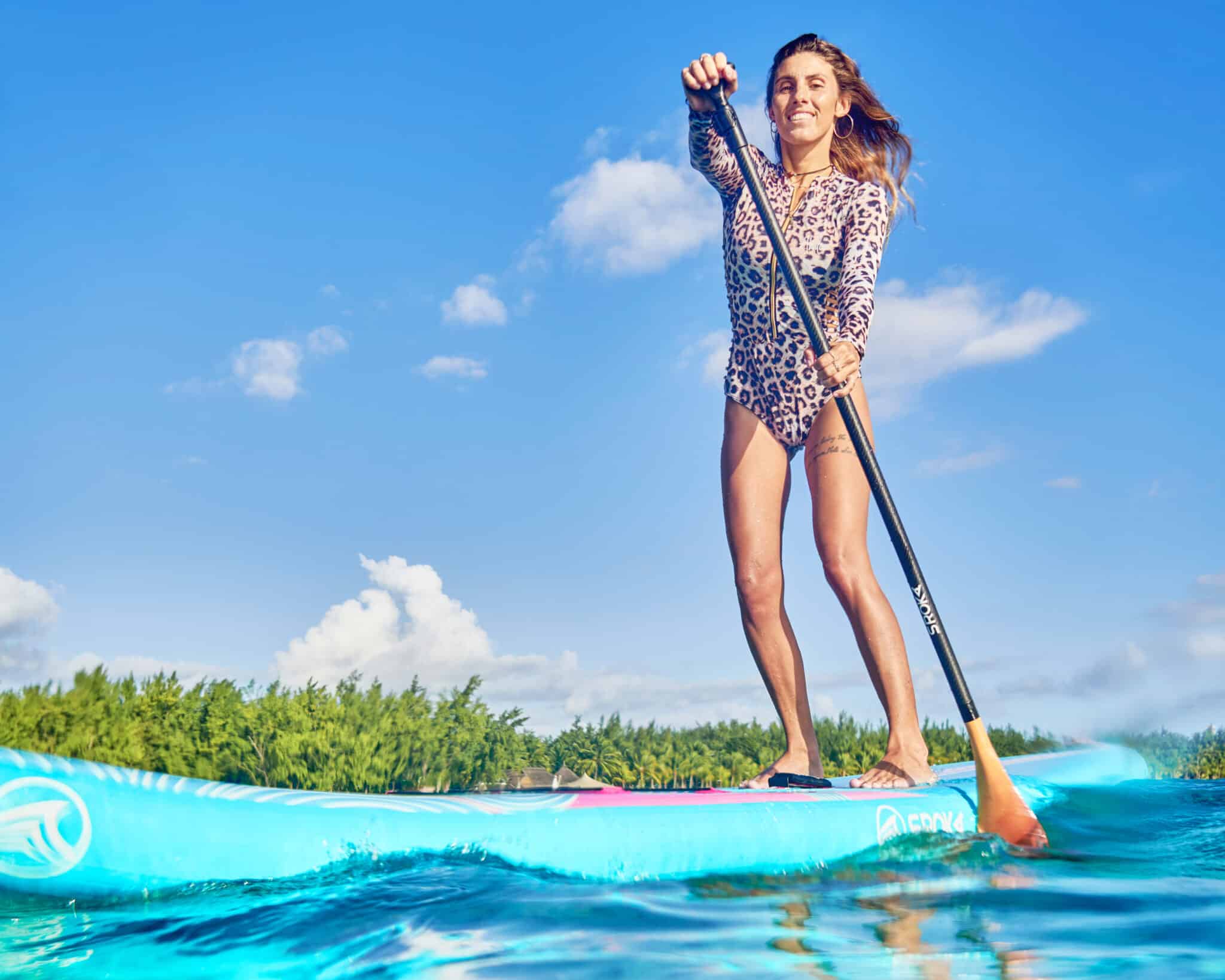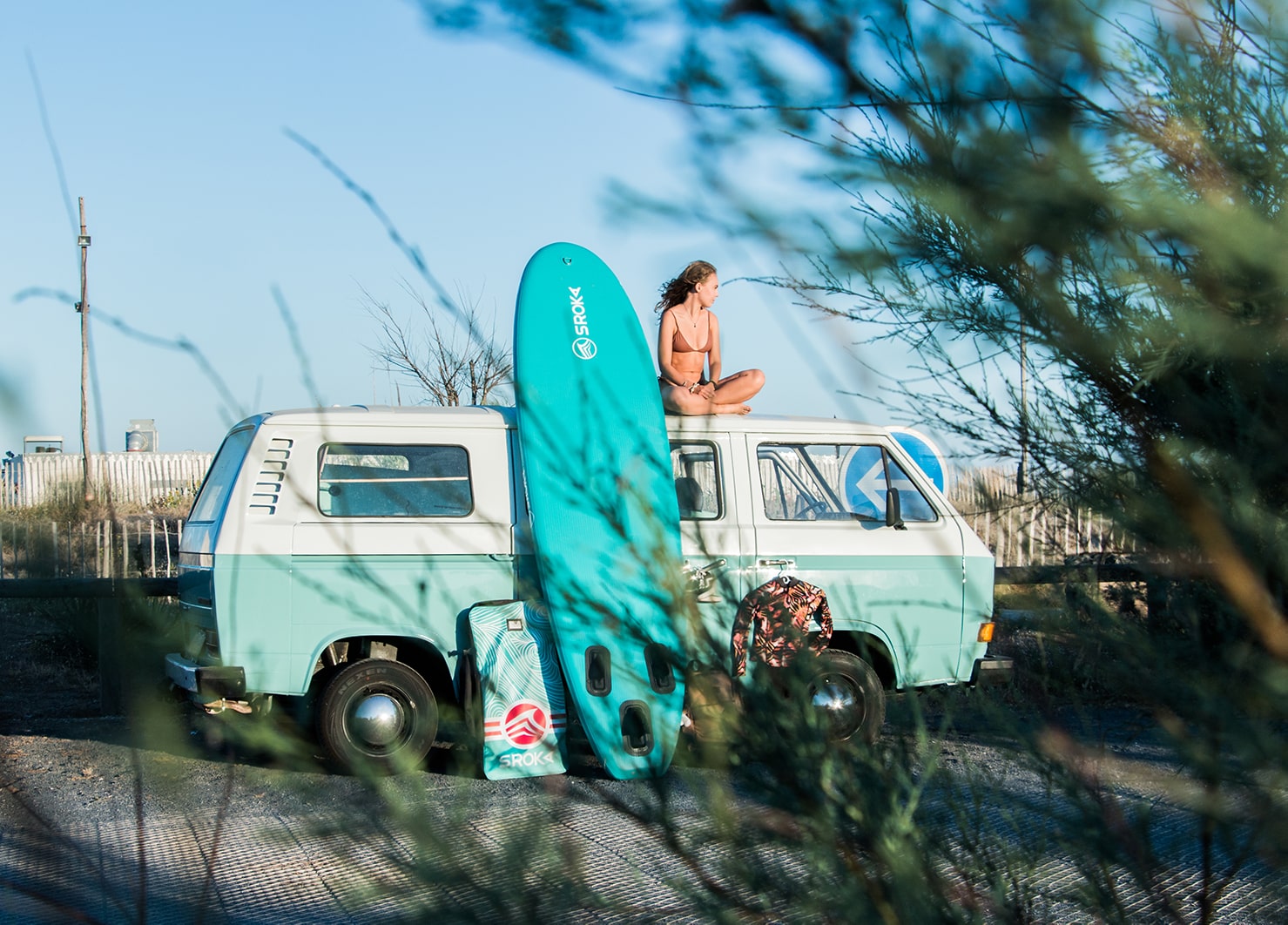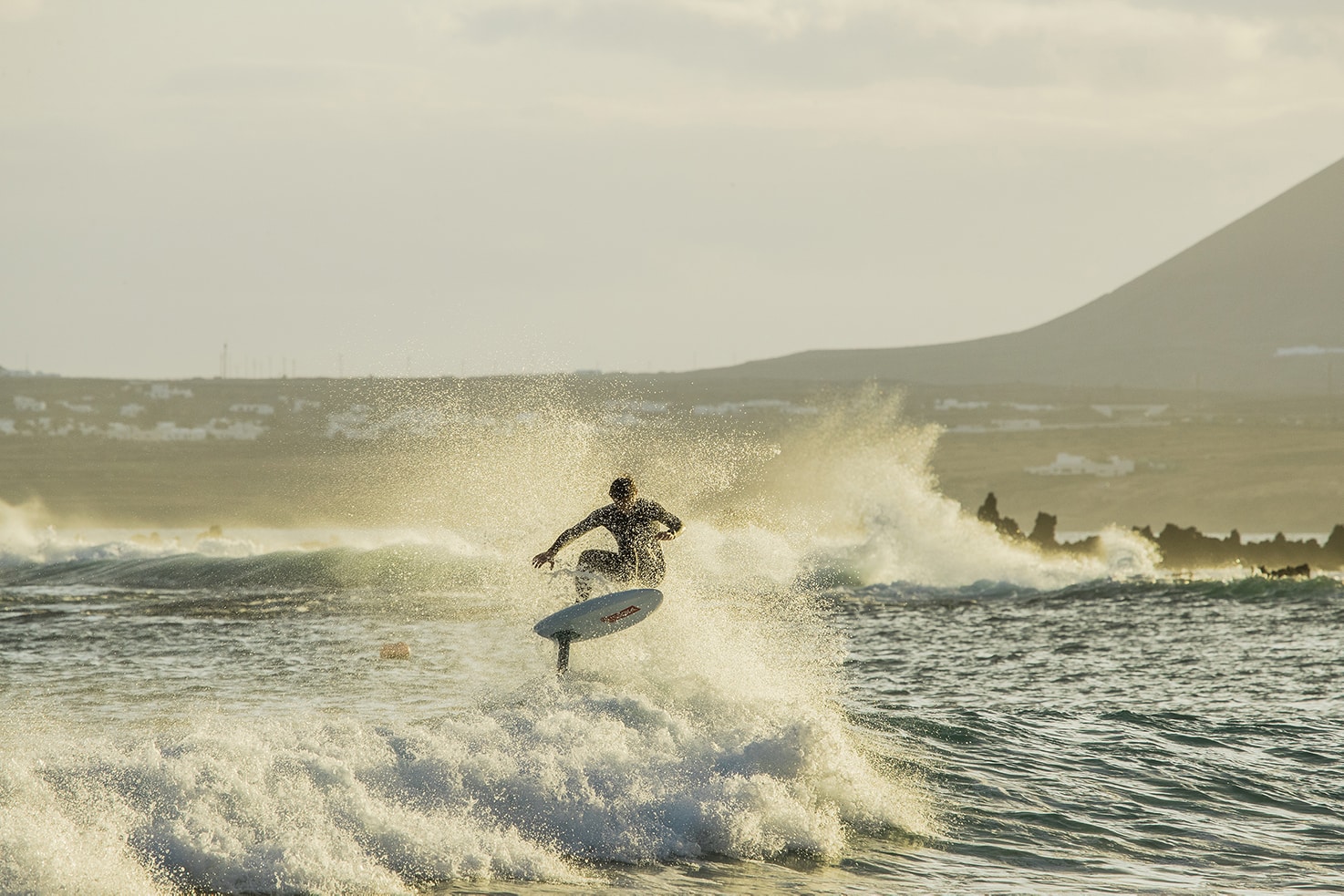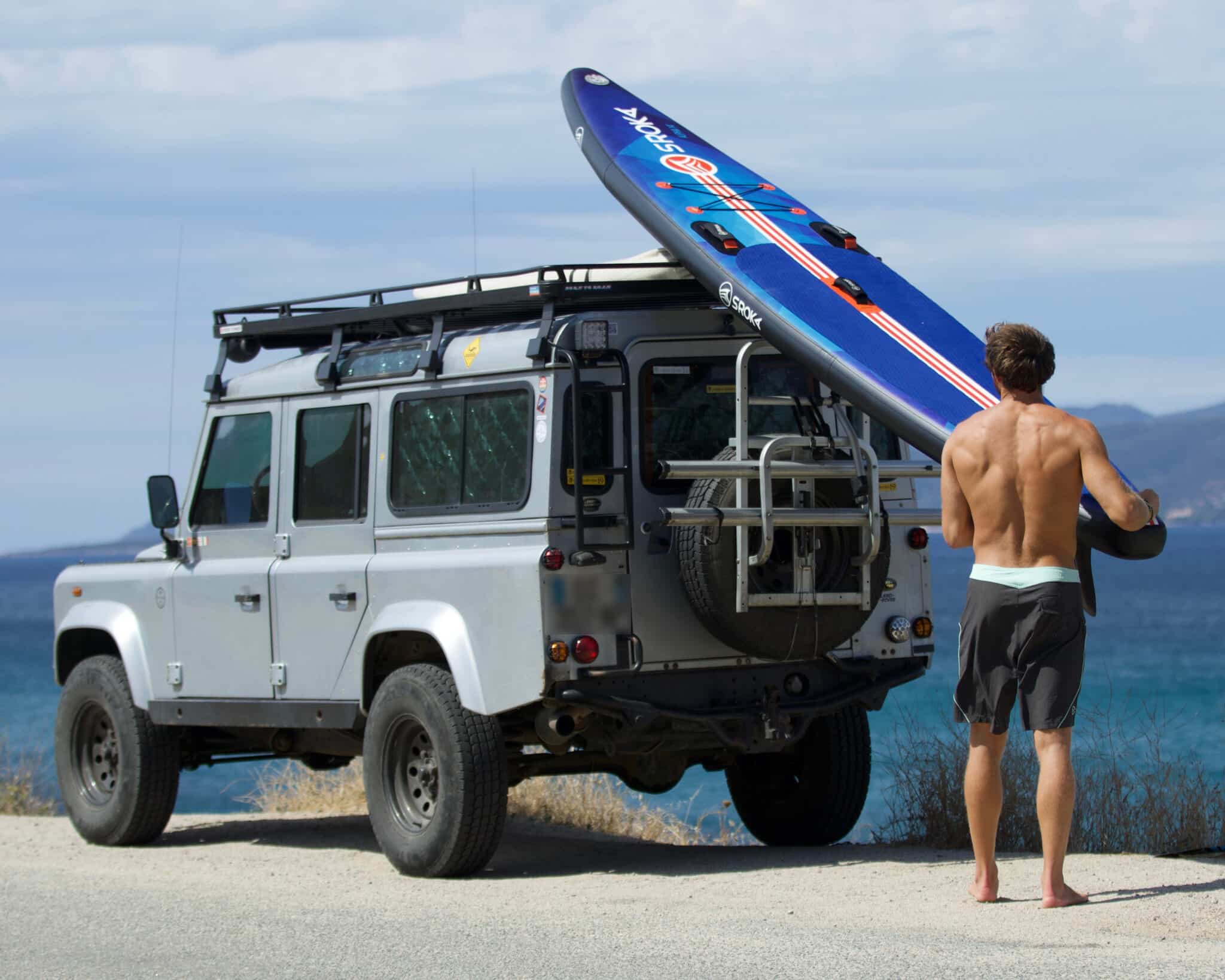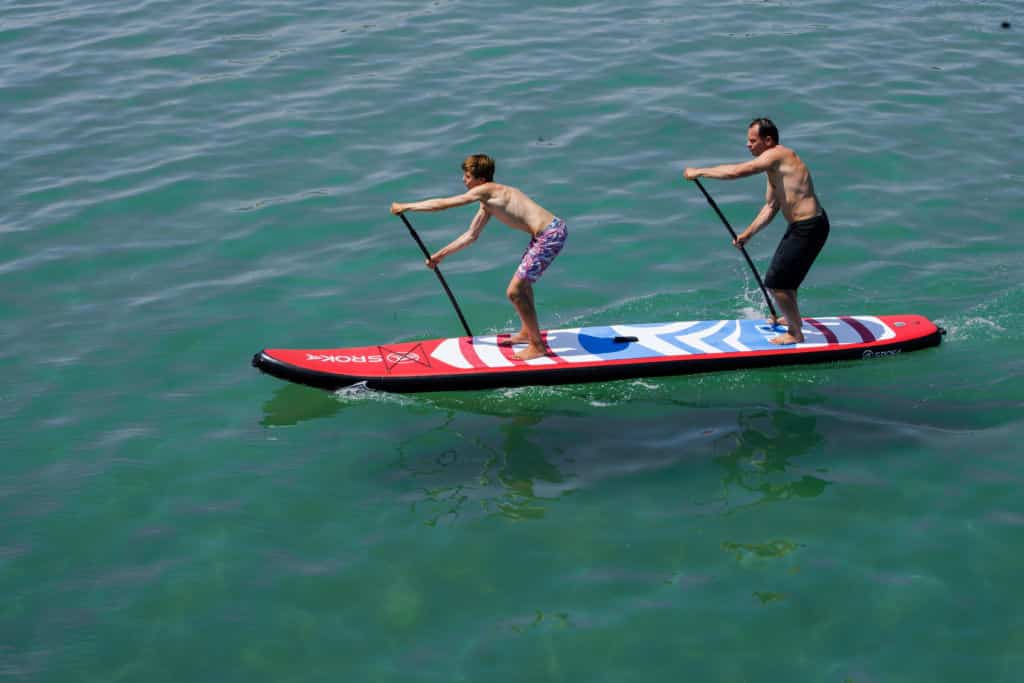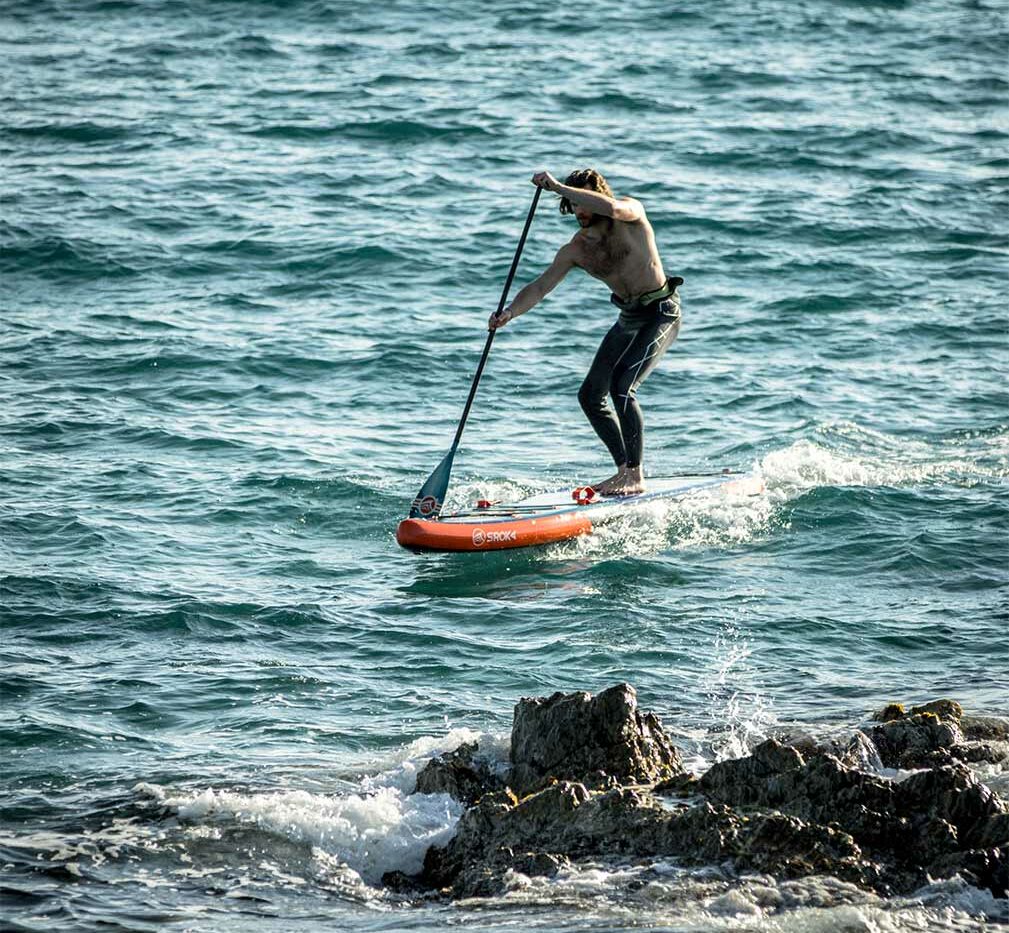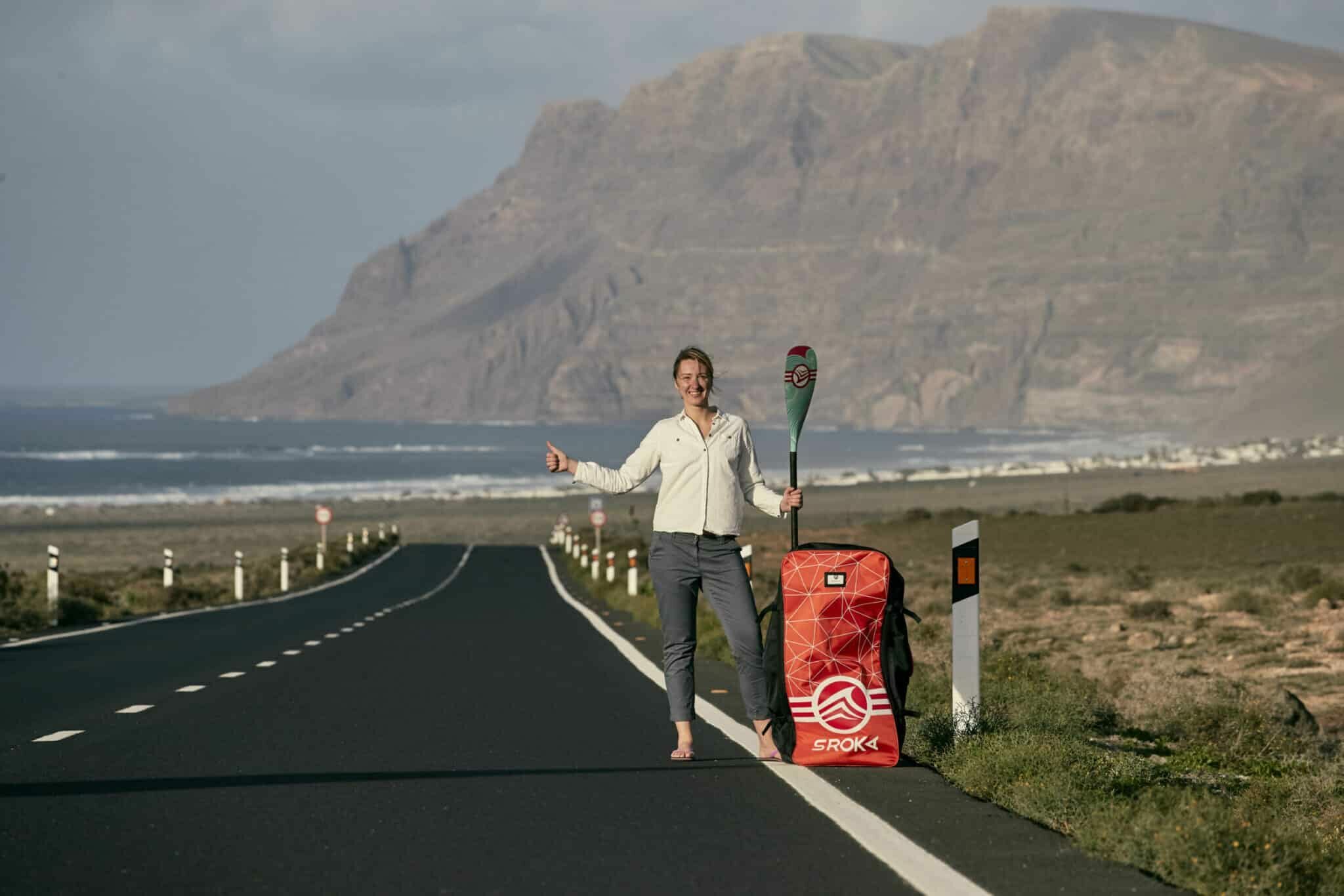 LE MAGAZINE
LE MAGAZINEAvoiding wing errors foil downwind

The downwind wing foil offers incomparable sensations of freedom and glide. But to get the most out of this sport, it’s essential to be properly equipped. In fact, this discipline has its own specificities that demand special attention.
Want to maximize your downwind thrills? Find out how to avoid the most common mistakes and improve your technique.

Part 1: Mistakes to avoid before going downwind
1. The equipment:
1.1 Choosing the board :
With a wing in your hands, the choice of board is a little less important. In fact, you’ll be generating power with the wing, so long, narrow boards will be a little less fundamental for getting off to a good start. Don’t hesitate to take on a little more volume to facilitate light wind conditions. On the other hand, a board that’s too wide will generate a lot of drag. So a downwind on a wing foil will be more pleasant with a midlenght or downwind board. But there’s no need to go to extremes.
1.2 The foil website:
Choose a foil with a long wingspan for long, effortless gliding. A stockier foil will turn better but glide less long on swell trains. A smaller stabilizer will increase glide and maneuverability. For example, the UHA range with an aspect ratio of 11 is a good choice for beginners.
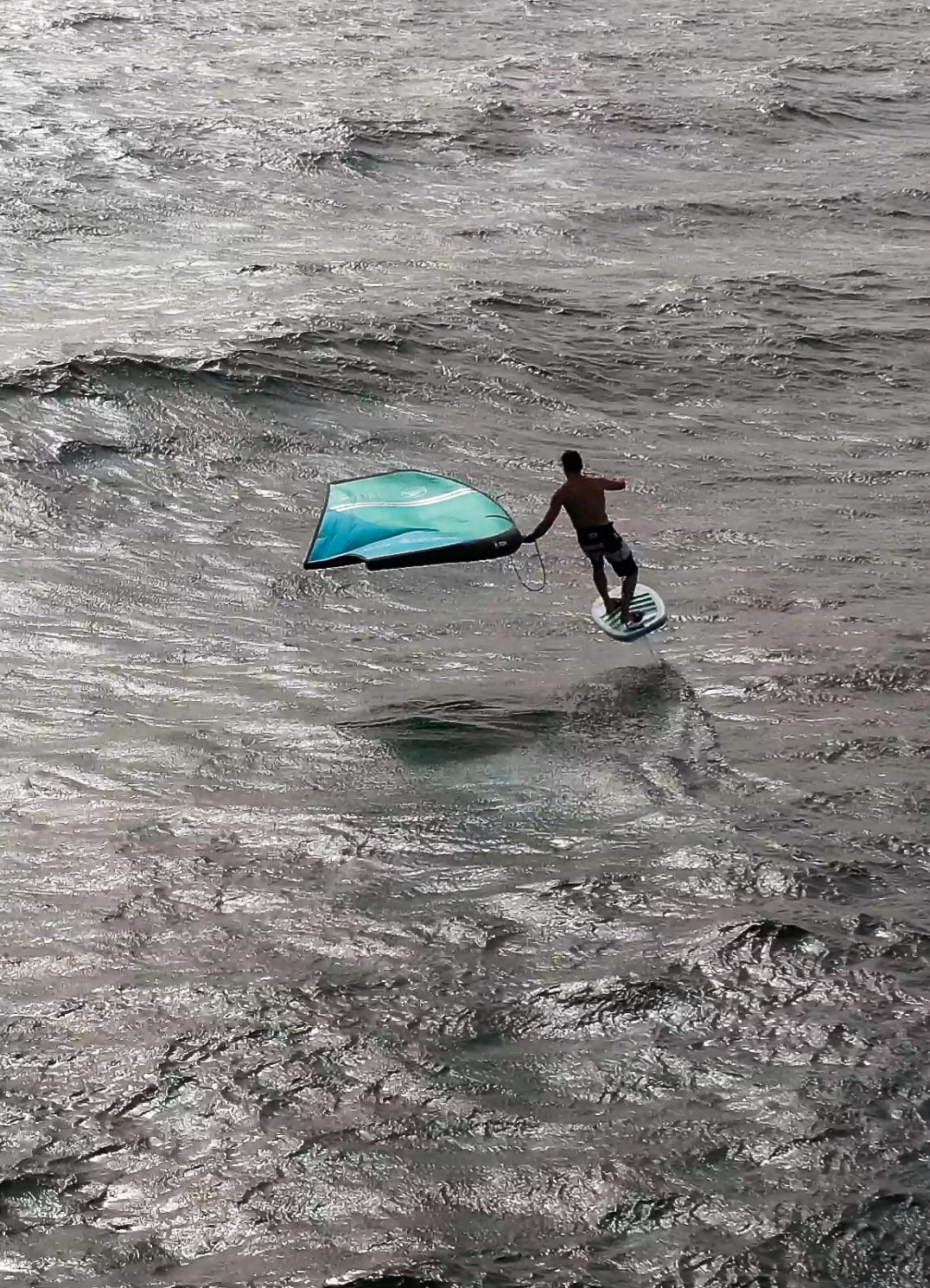
1.3 The wing :
Choose a wing size suited to the strength of the wind and your level. As you have chosen a foil with a large wingspan and a board with a little more volume than your weight, you will be able to sail with a smaller wing. This will make downwind much easier. In fact, a smaller wing will be easier to handle and play with in curves, whereas one that’s too big will be difficult to control, especially in light wind conditions.
1.4 The leash:
Never neglect the importance of your leash. Choose a sturdy and long leash to avoid losing your board in the event of a fall.

2. The weather for wing foil downwind
2.1 View forecasts :
Before you leave, find out about the weather conditions. Check wind strength and direction, and the presence of currents. If your aim is to sail offshore, we recommend that you set off in a group.
2.2 Adapting your equipment :
Adjust your equipment according to the weather forecast, but also according to where you’ll be sailing. If you’re going offshore alone, take all the necessary safety systems with you.
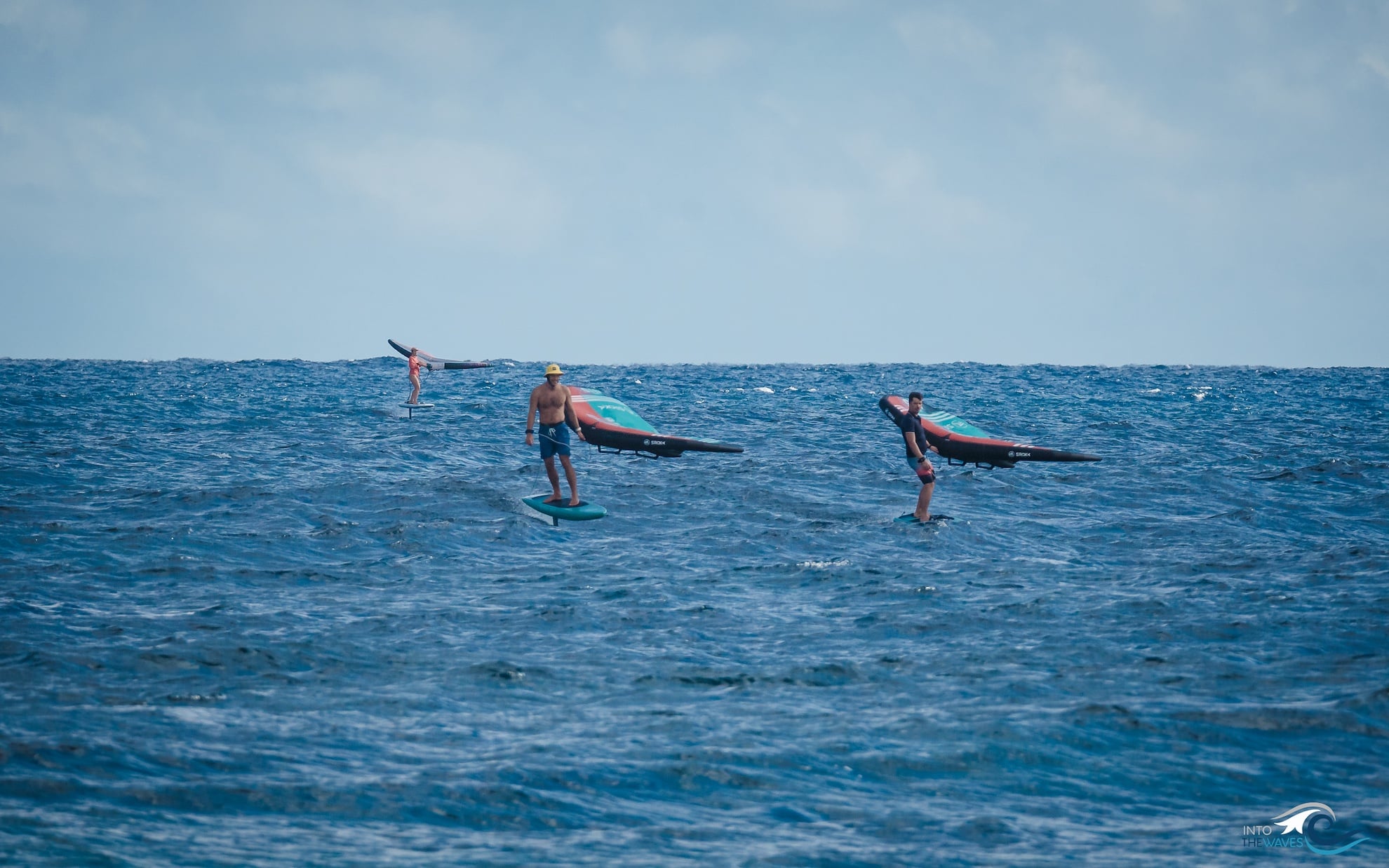
2.3 Your physical condition :
Adjust your equipment according to the weather forecast, but also according to where you’ll be sailing. If you’re going offshore alone, take all the necessary safety systems with you.
2.4 Warm up :
Before setting off, take the time to warm up to avoid injury. And always tell someone before you set off on a downwind. Away from the board, it’s always harder to find someone in case of trouble.
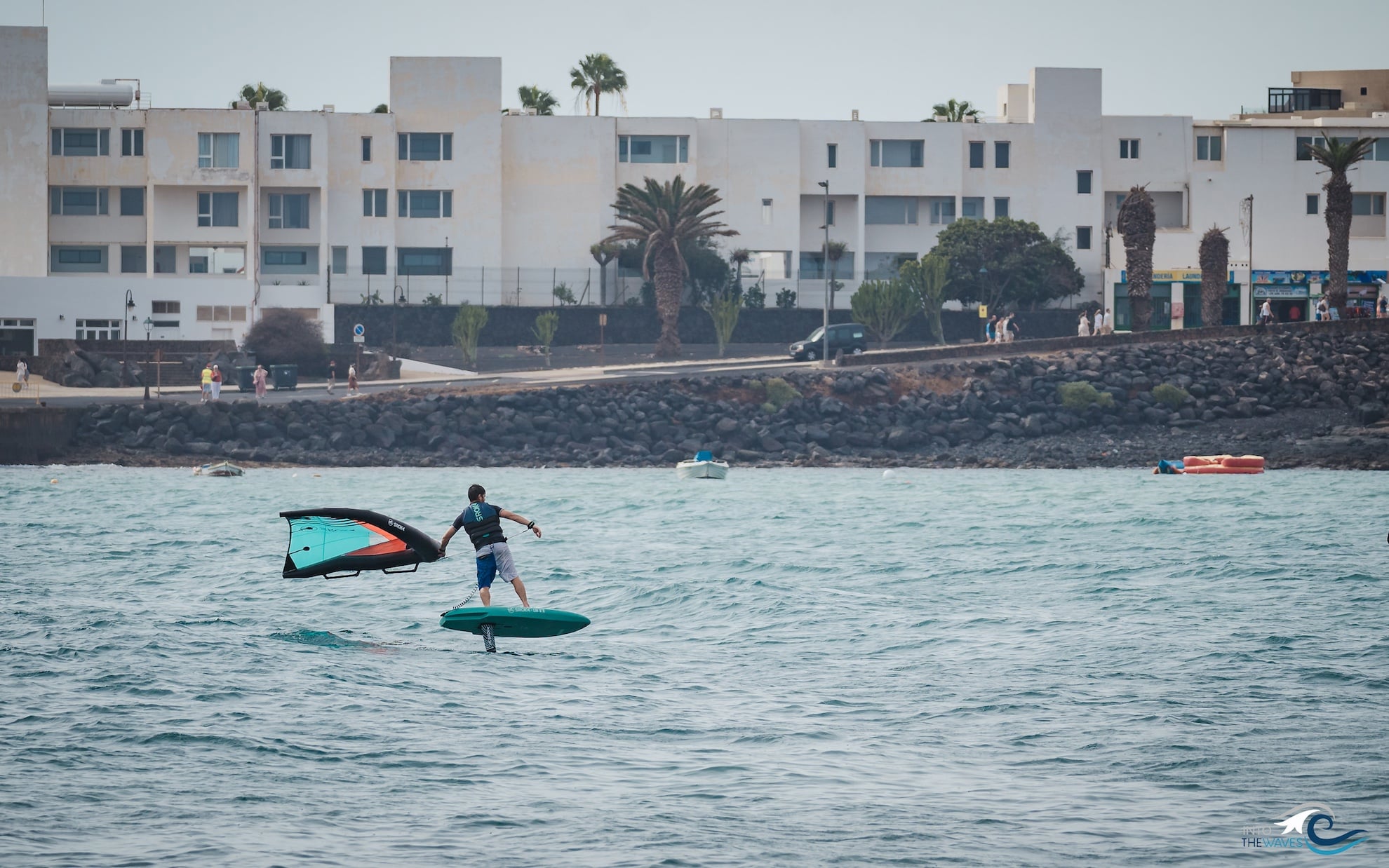
Part 2: Downwind mistakes to avoid
2.1 The start:
- Choosing the right spot: With a wing in your hands, position yourself at your arrival point and climb upwind with the wing to freefly back downwind.
- Gear up: In this downwind configuration with a wing, you’ll be using a small wing kite, so a harness isn’t necessarily necessary, but you should carry an impact vest or rescue kite and, above all, a wetsuit.
- Check your equipment: it’s essential to double-check your equipment before heading out to sea. It’s not once you’re offshore that you’ll have to deal with problems.
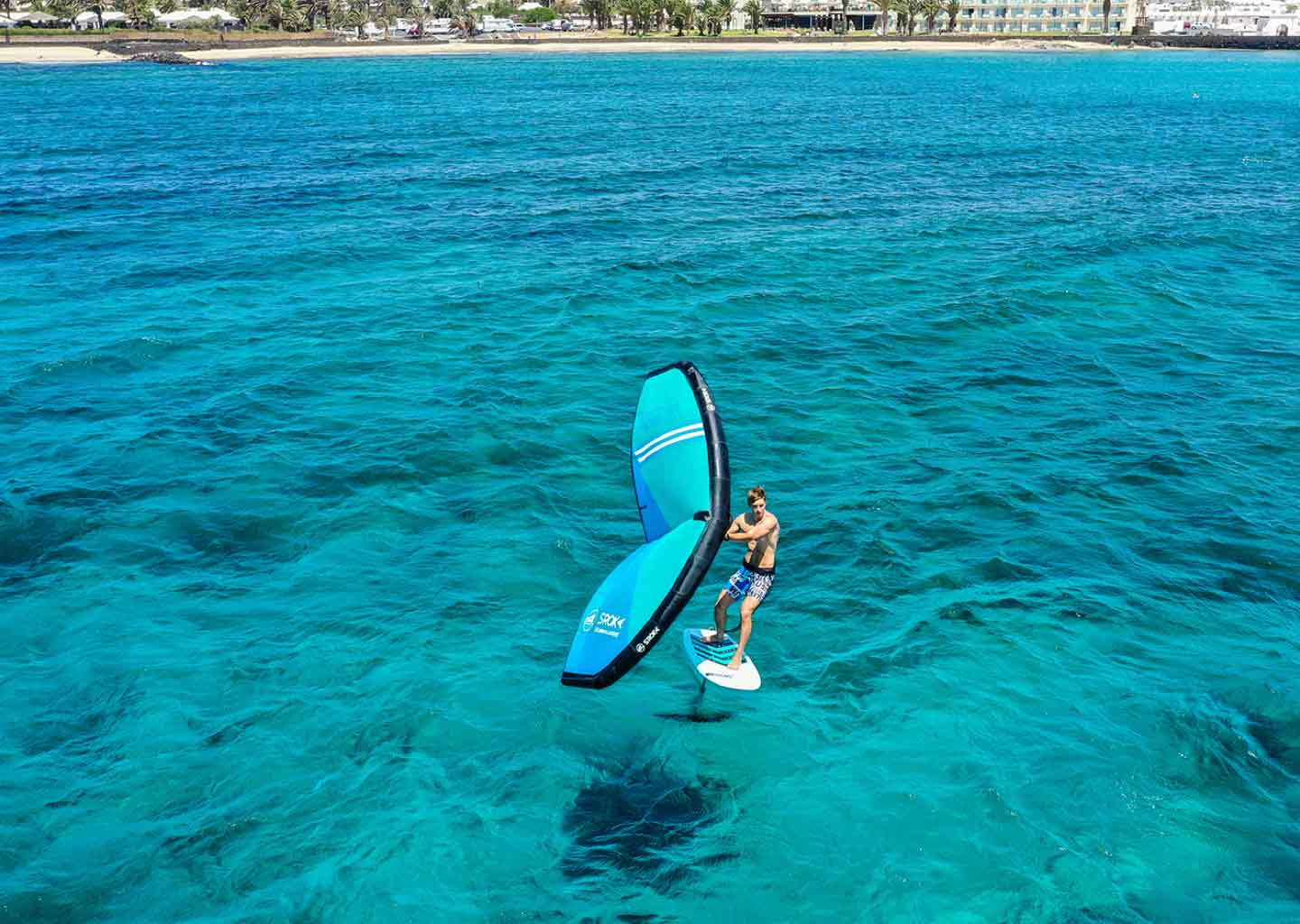
2.2 Navigation:
- Managing your energy: Downwind is a long distance. Learn to control your effort and conserve your energy. The aim is not to arrive first, but to fly without stopping and enjoy yourself.
- Adapting your technique: Depending on the conditions, you’ll need to adapt your riding technique, in particular your pumping efficiency and your position on the board to stay in the same position for a long time.
- Respect others: If you’re riding in a group, respect the other riders and leave enough space between you so you don’t bump into each other.
- Be vigilant: Keep an eye on your surroundings and anticipate possible dangers (boats, other beach users, etc.).
2.3 Anticipate the unexpected:
- Technical problems: what to do in the event of a breakdown. If you’re far away, never leave without a means of communication. On the other hand, there are two things you can’t afford to lose. Your wing and your board. So double-check your leash to make sure it’s in good condition before you leave.
- Changing conditions: Never go unless you’re sure that conditions will be stable during your session. If the forecast is expected to change, we advise against going. In both cases (stronger or lighter winds) you’ll be in trouble. If the wind dies down, you won’t be able to set off again. If the wind picks up, you’ll probably be in better starting conditions. Too much power, less stability….
- Fatigue: To avoid putting yourself in danger, you need to learn to recognize the signs of fatigue and react accordingly.
Security Council
If you opt for a long-distance downwind, tell your friends and family all about it (departure time, where you’re leaving from, estimated arrival time), but don’t hesitate to contact the Cross (regional operational surveillance and rescue center) to let them know about your route.
Don’t forget adequate safety equipment for long downwinds.
- A VHF that will allow you to converse with all boats and rescue means even if the telephone won’t work.
- Impact vest (flotation wing)
- Possibly a secumar-type belt (a life jacket that works with a CO2 cartridge and a distress rocket).
- Fluorescent lycra to be seen from a distance if you have a problem.
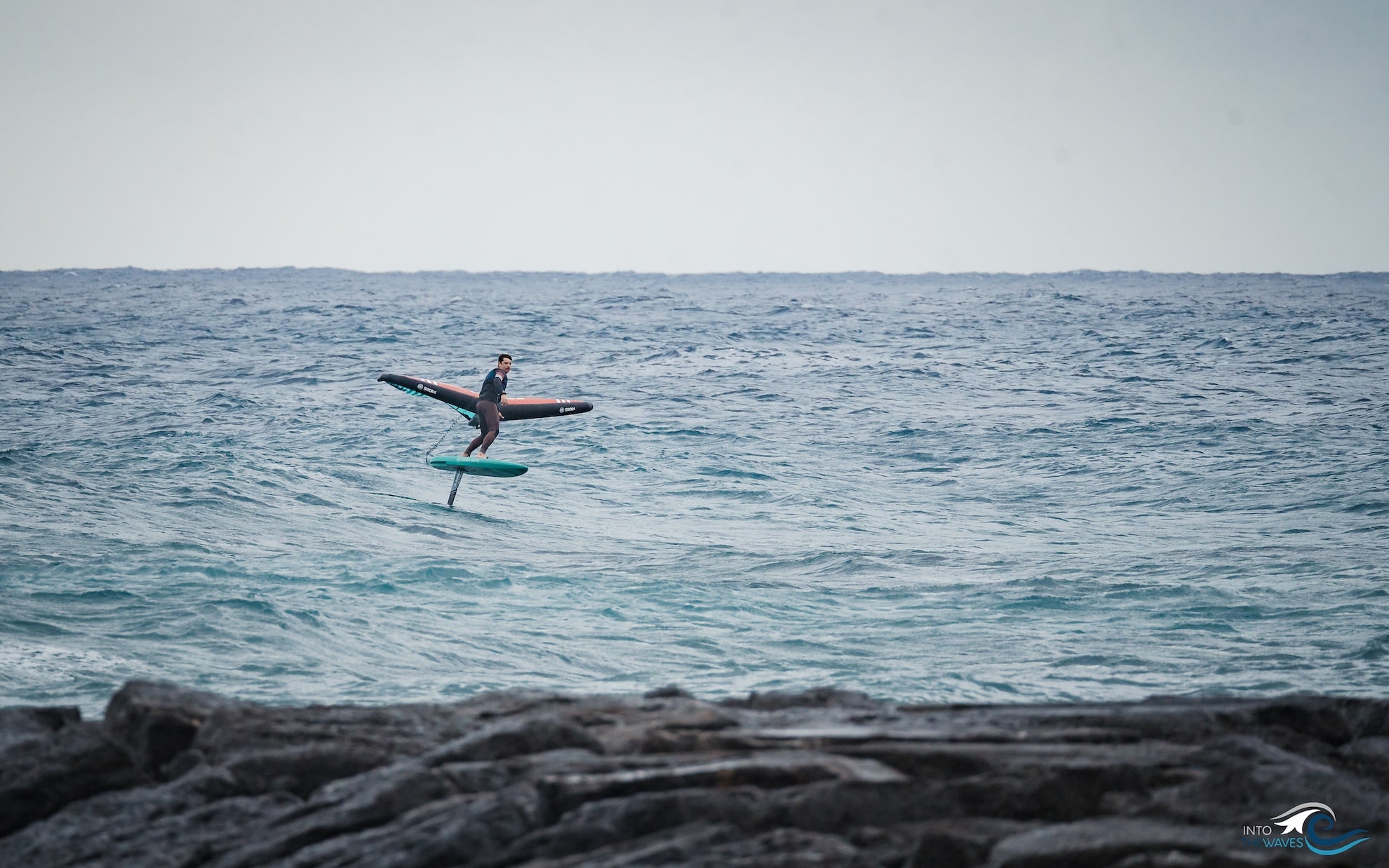
Part 3: Mistakes to avoid on arrival
- Choosing the right place to land: if you set off from your arrival point, then you won’t have any surprises. If not, scout around to make sure you can get ashore in the conditions you’ll be downwind in. Check the tide, wind direction, swell strength and expected downwind time to calculate how much time you’ll need to spend at sea.
- Stowing your equipment: When you’re downwind, it’s windy, so position the nose of the board in line with the wind to avoid the foil falling off.
- Taking stock: Analyze all the elements and in particular the points that could have posed a safety problem for you, and find a solution to avoid them next time.
Downwind is an incredible experience, but one that requires careful preparation and a good understanding of the risks involved. By following these tips, you’ll be able to enjoy your session in complete safety. Don’t forget to progress at your own pace, and always put pleasure first. To enjoy downwind, you need to be well prepared and aware of the risks involved. This discipline requires a real understanding of the high seas: so learn from your mistakes to improve, and avoid putting yourself in danger as much as possible.
The development of this activity can only be achieved if riders respect the rules of safety and common sense. It’s up to you
Additional tips:
- Sail in a group if possible: Sail preferably in a group for greater safety and to share your passion.
- Inform your family and friends: Before you leave, inform your family and friends of your itinerary and expected return time. Never leave without a means of communication
The next step is to do the same thing with a paddle. It’s a step that will require more technique and experience to succeed in rowing.
If you have any further questions, or if you have any other requests, please don’t hesitate to contact us!
 Le Magazine
Le Magazine



